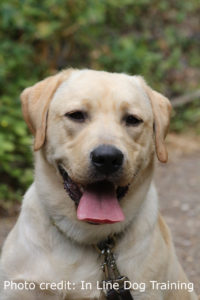 Many conditions, ranging from hip dysplasia, luxating patella and intervertebral disc disease, may be managed conservatively or surgically. The option you choose will depend on many factors, including the severity of clinical signs. Whichever option you decide is best, physiotherapy can help your dog.
Many conditions, ranging from hip dysplasia, luxating patella and intervertebral disc disease, may be managed conservatively or surgically. The option you choose will depend on many factors, including the severity of clinical signs. Whichever option you decide is best, physiotherapy can help your dog.
Where surgery is the best option for your dog, you will inevitably experience a very worrying time. The post-operative care your dog receives can be key to their successful recovery, and physiotherapy has an important role in your dog’s rehabilitation and return to normal life.
Physiotherapy can help immediately following surgery through management of acute inflammation and pain, maintaining movement in joints, and assisting in wound healing.
 Surgery can result in significant losses in muscle mass and strength through restricted use of affected limbs. Importantly, your dog will use their body differently to avoid pain while they recover, and may have been doing this some time prior to surgery. Physiotherapy can assist to reduce the compensatory effects, elsewhere in your dog’s body, which arise from these changes in biomechanics. Physiotherapy will introduce early weight bearing in affected limbs, and strengthen supporting tissues in a gradual and safe way.
Surgery can result in significant losses in muscle mass and strength through restricted use of affected limbs. Importantly, your dog will use their body differently to avoid pain while they recover, and may have been doing this some time prior to surgery. Physiotherapy can assist to reduce the compensatory effects, elsewhere in your dog’s body, which arise from these changes in biomechanics. Physiotherapy will introduce early weight bearing in affected limbs, and strengthen supporting tissues in a gradual and safe way.
Furthermore, if you are in a position to introduce physiotherapy before surgery, then we can address compensatory issues and strengthen supporting tissues so ensuring your dog is as strong and fit as possible going into surgery, giving them the very best chance of a fast and full return to normal function. Physiotherapy will achieve these same benefits when used to help manage conditions conservatively.

